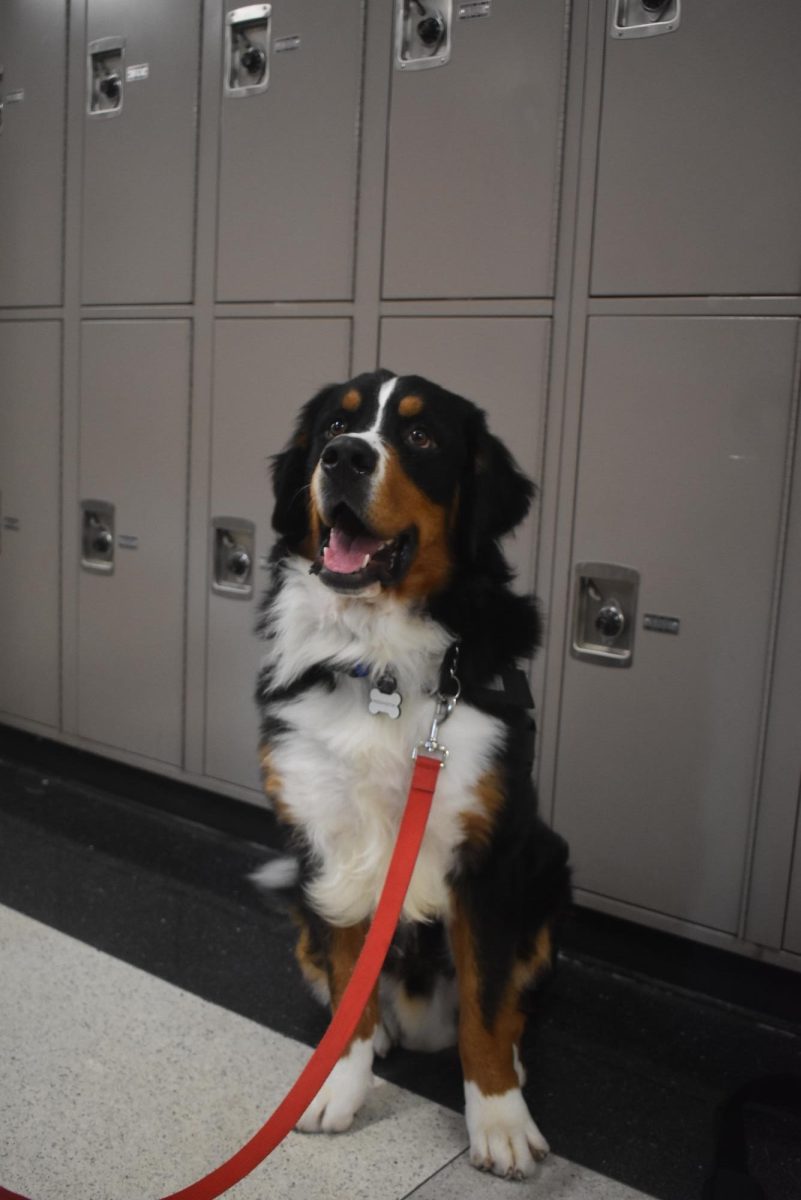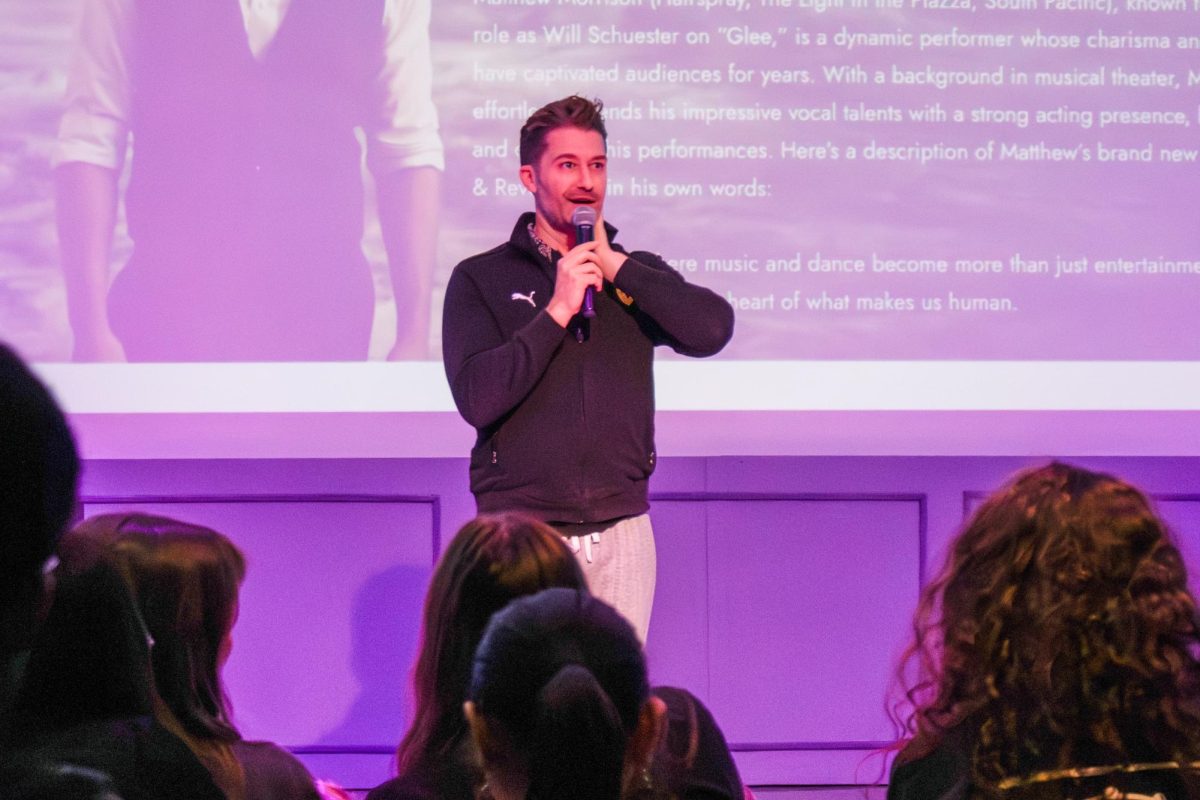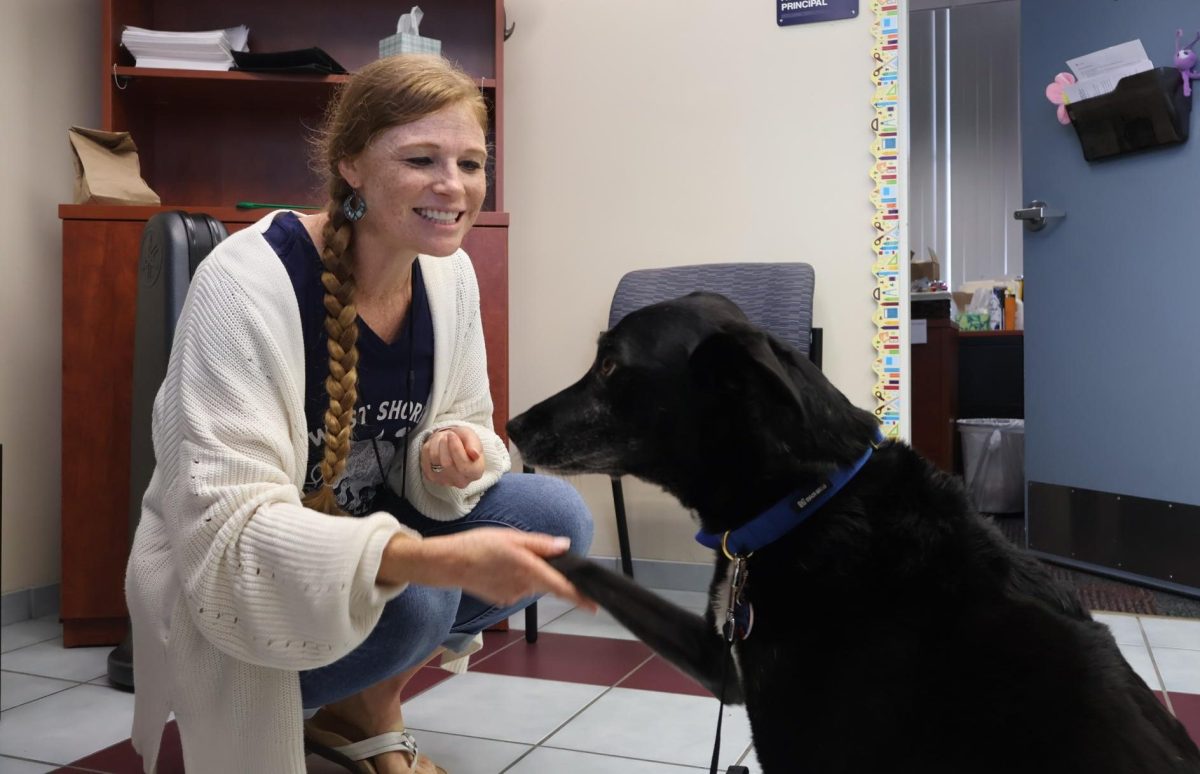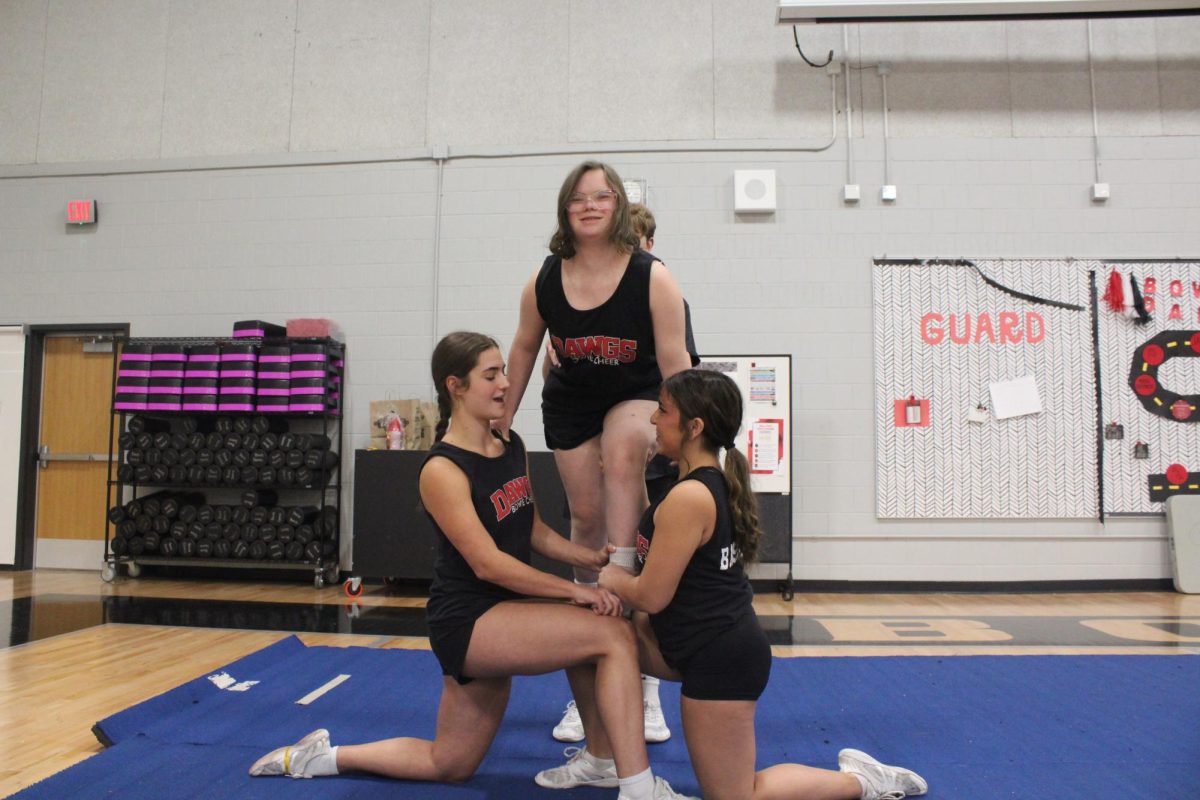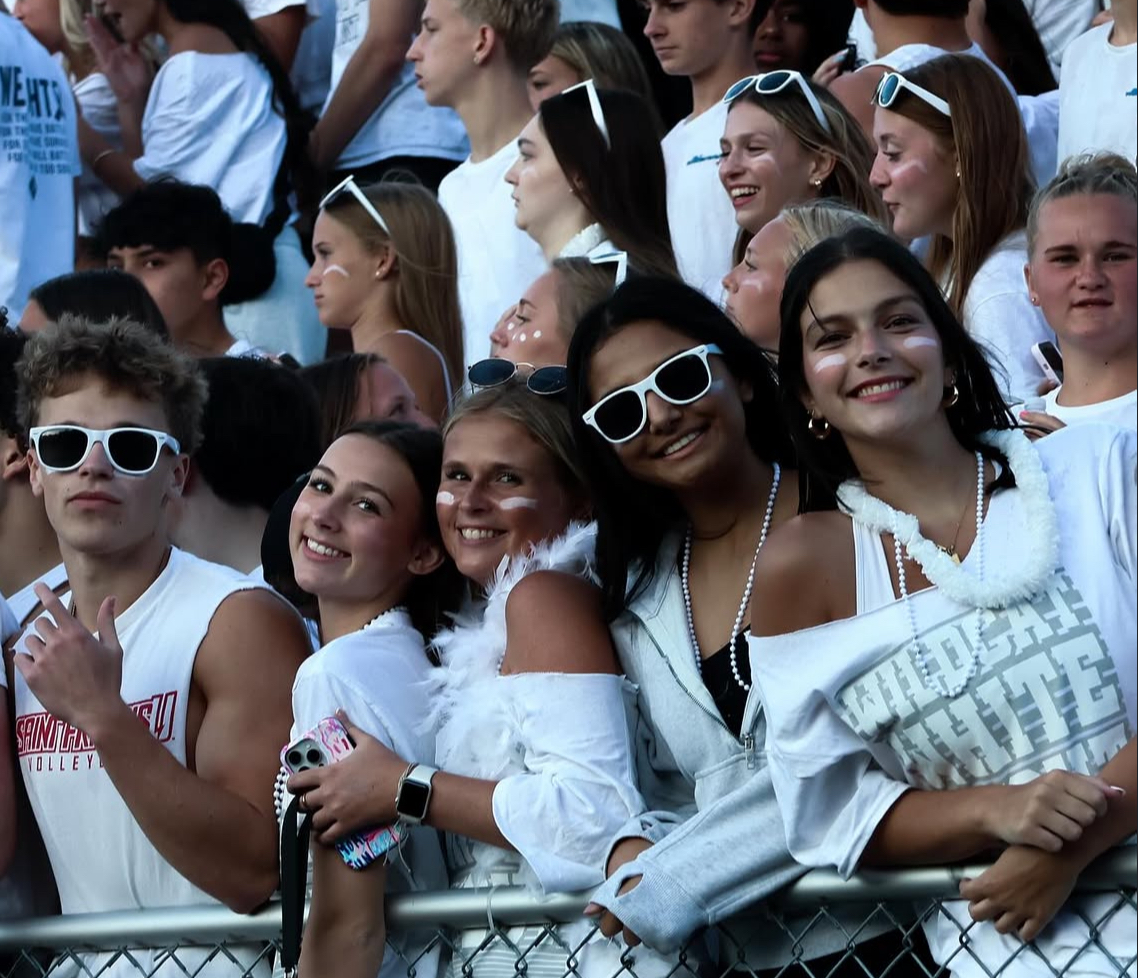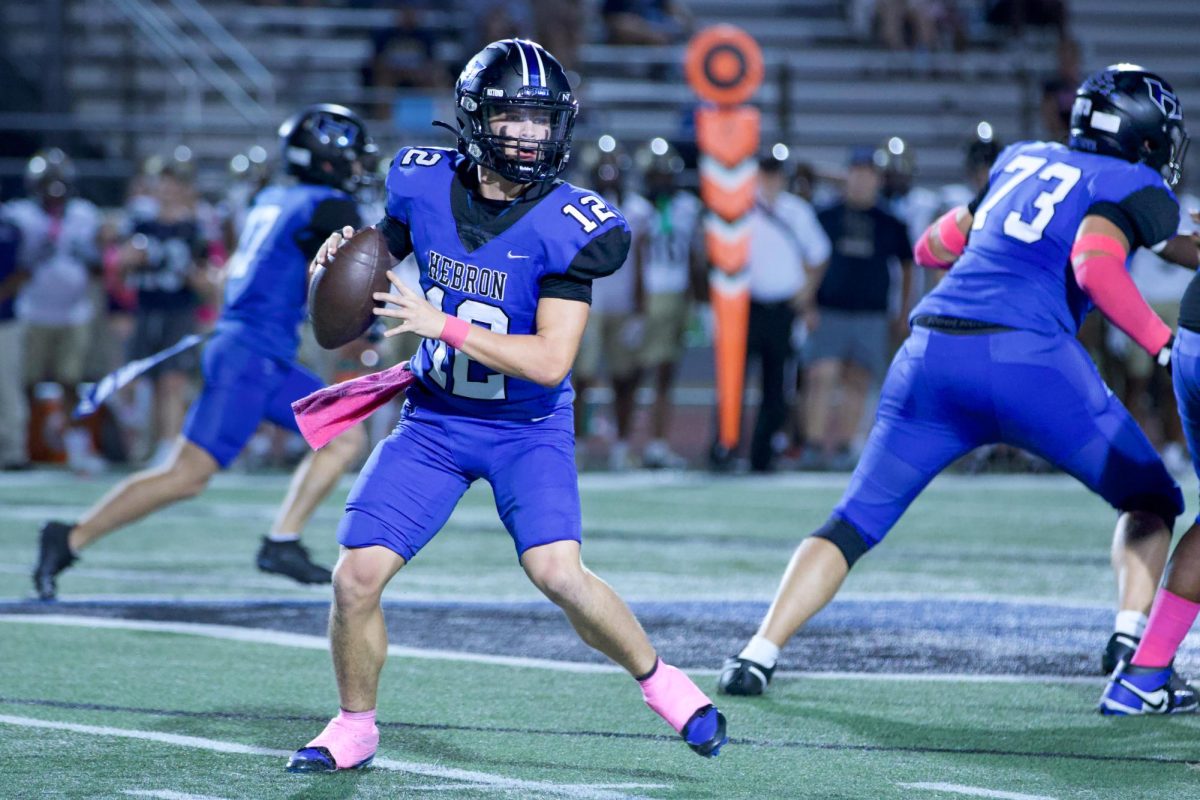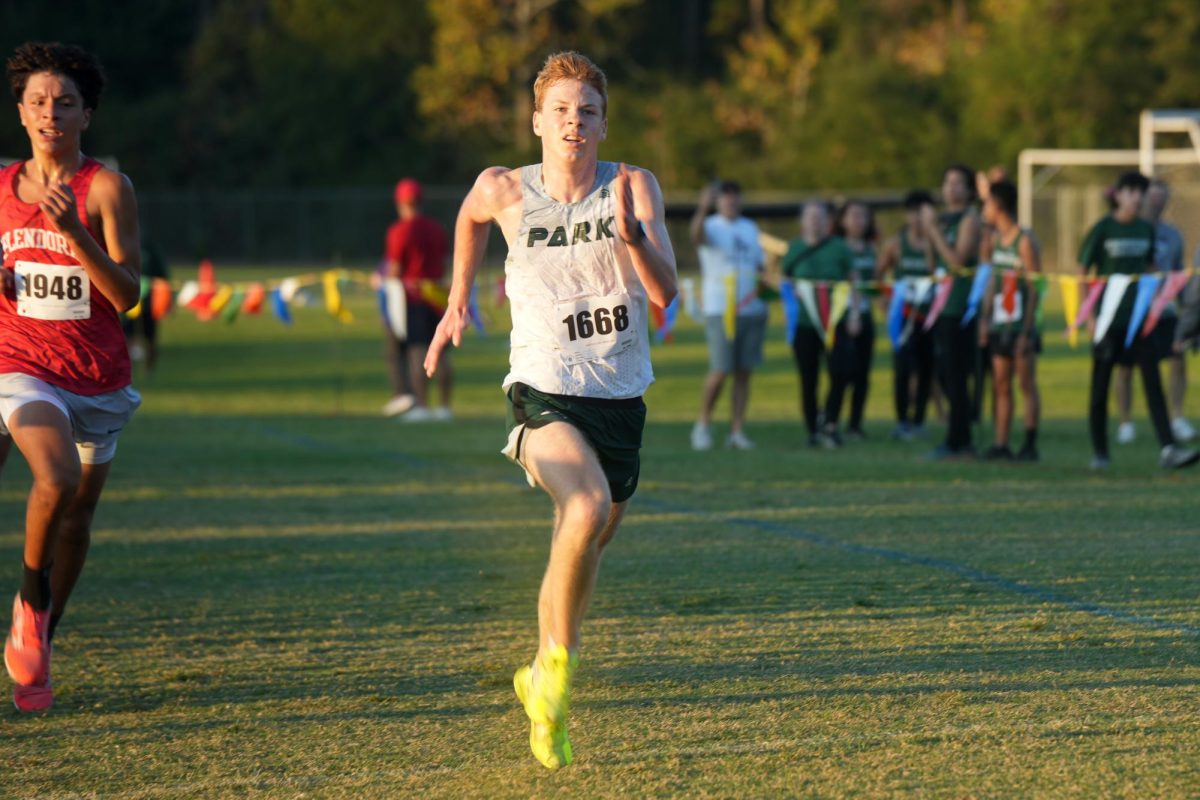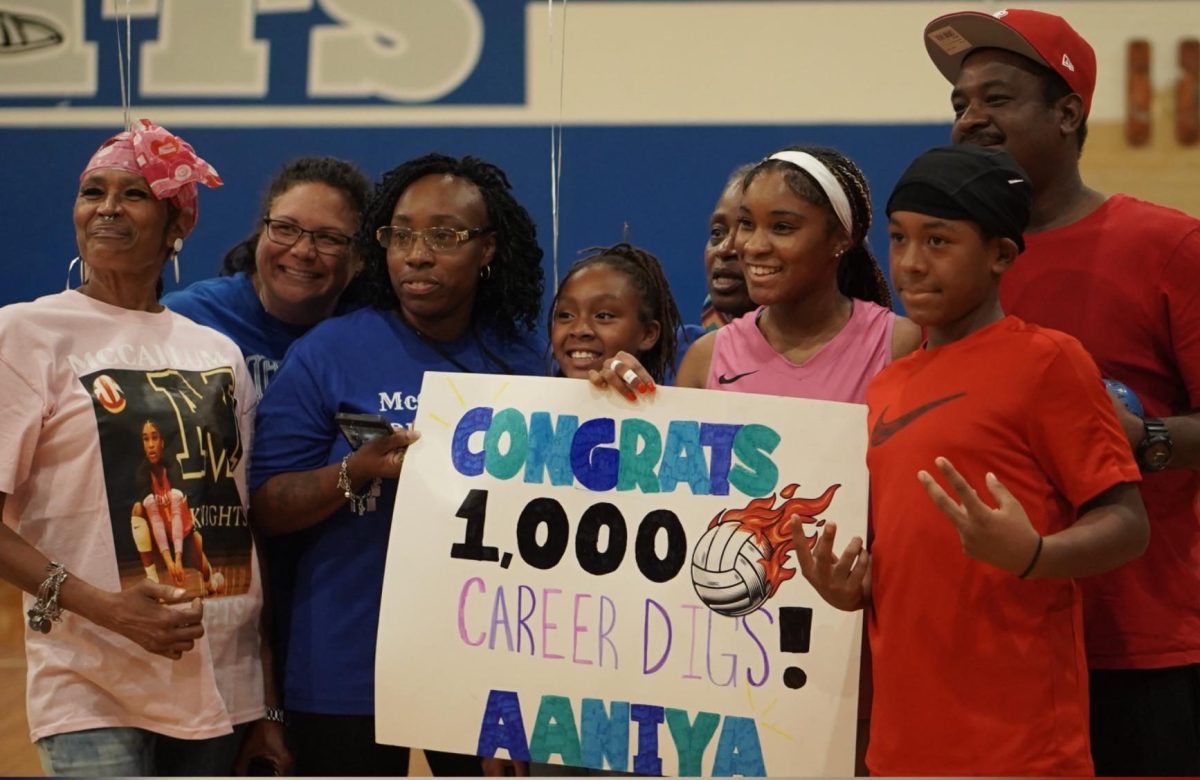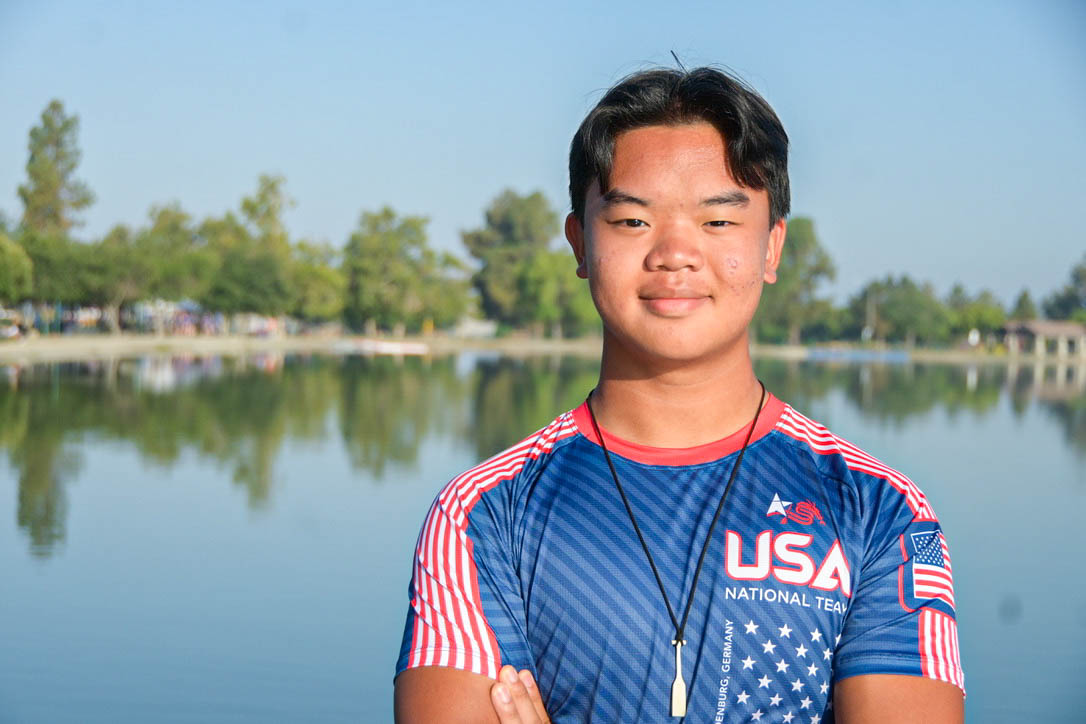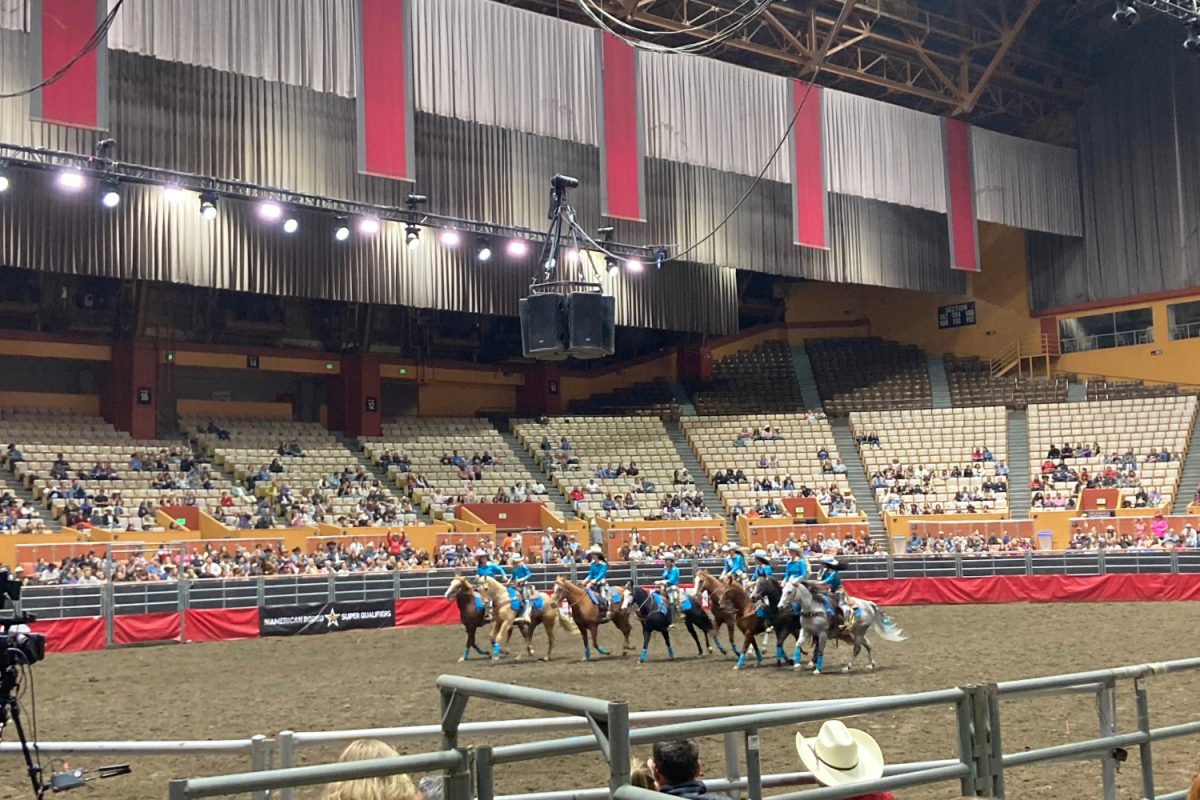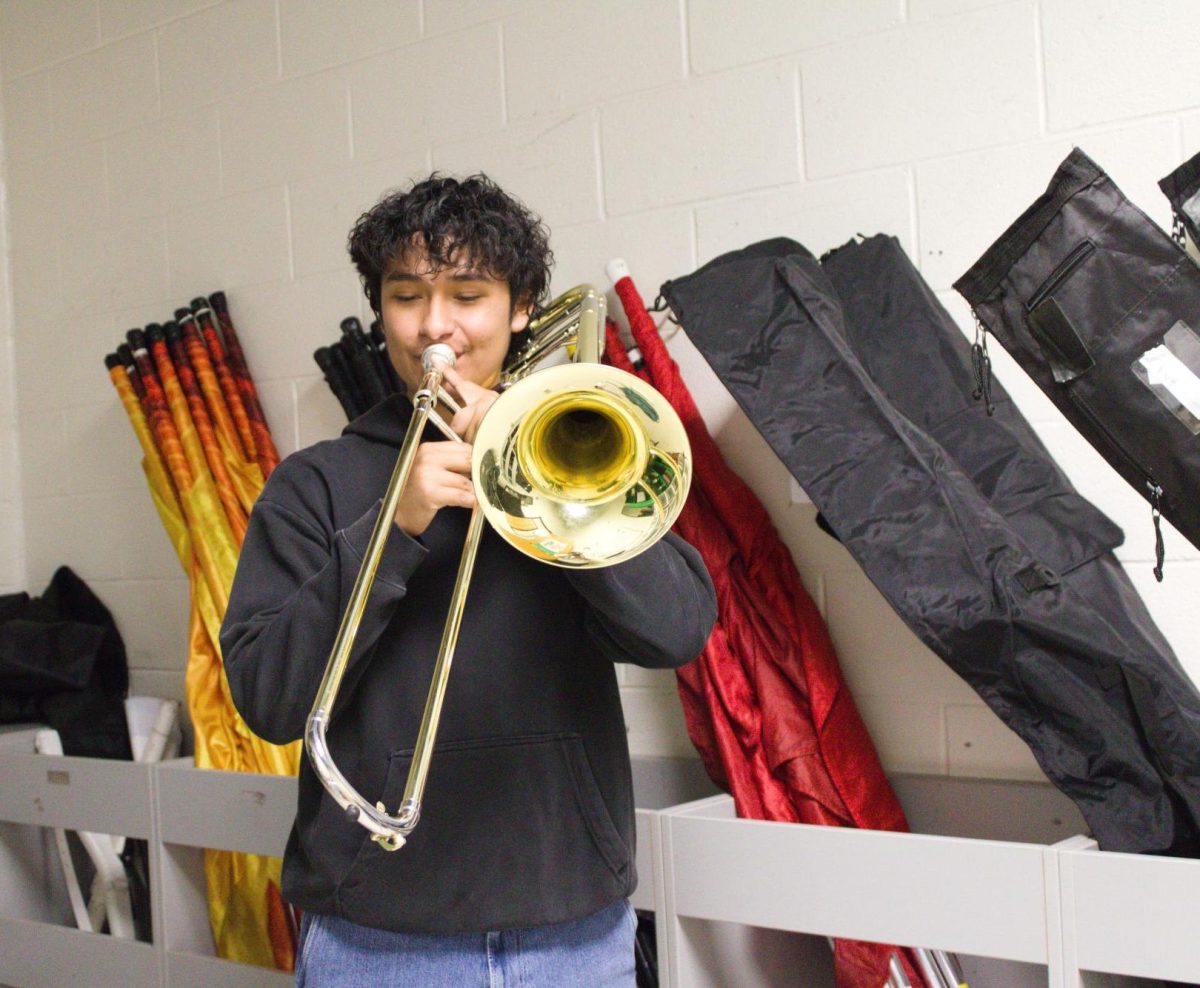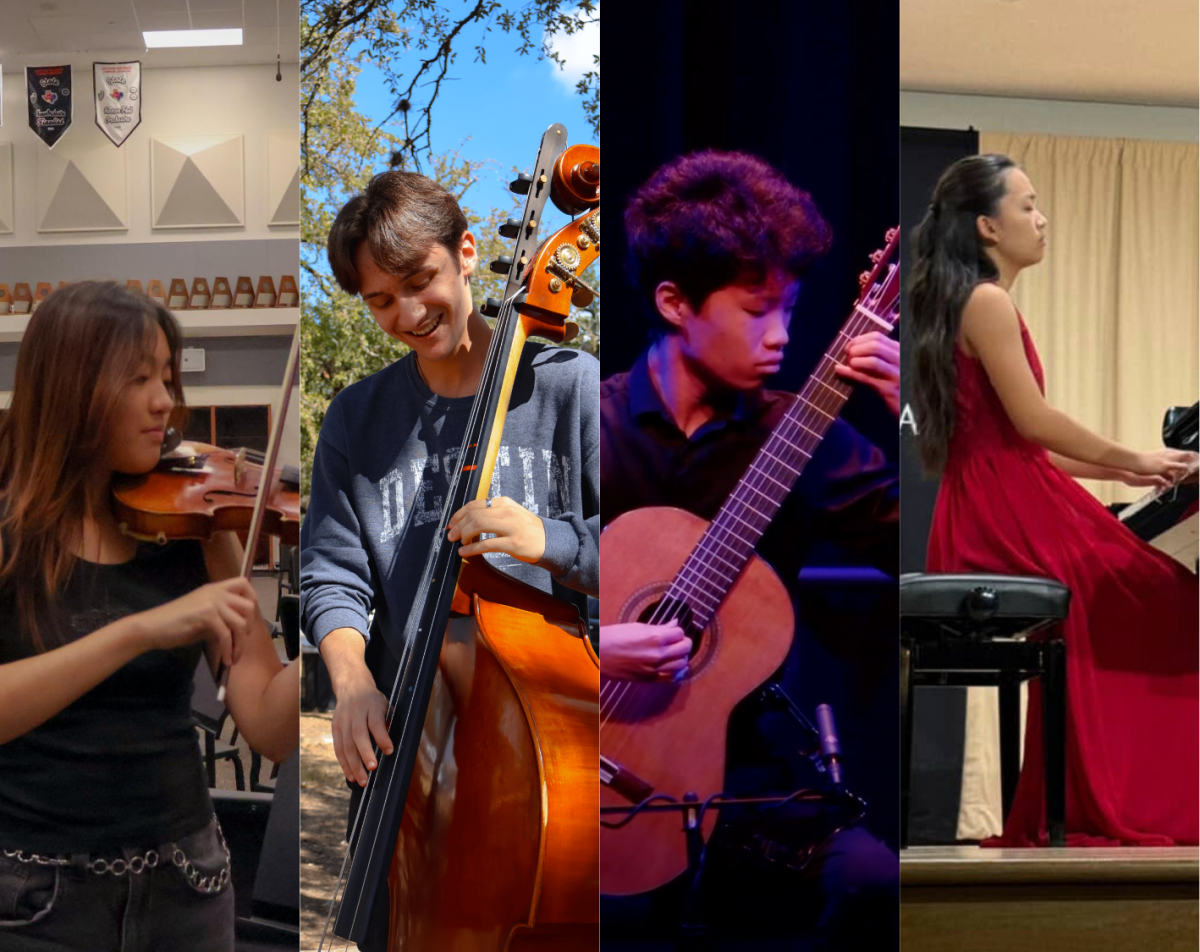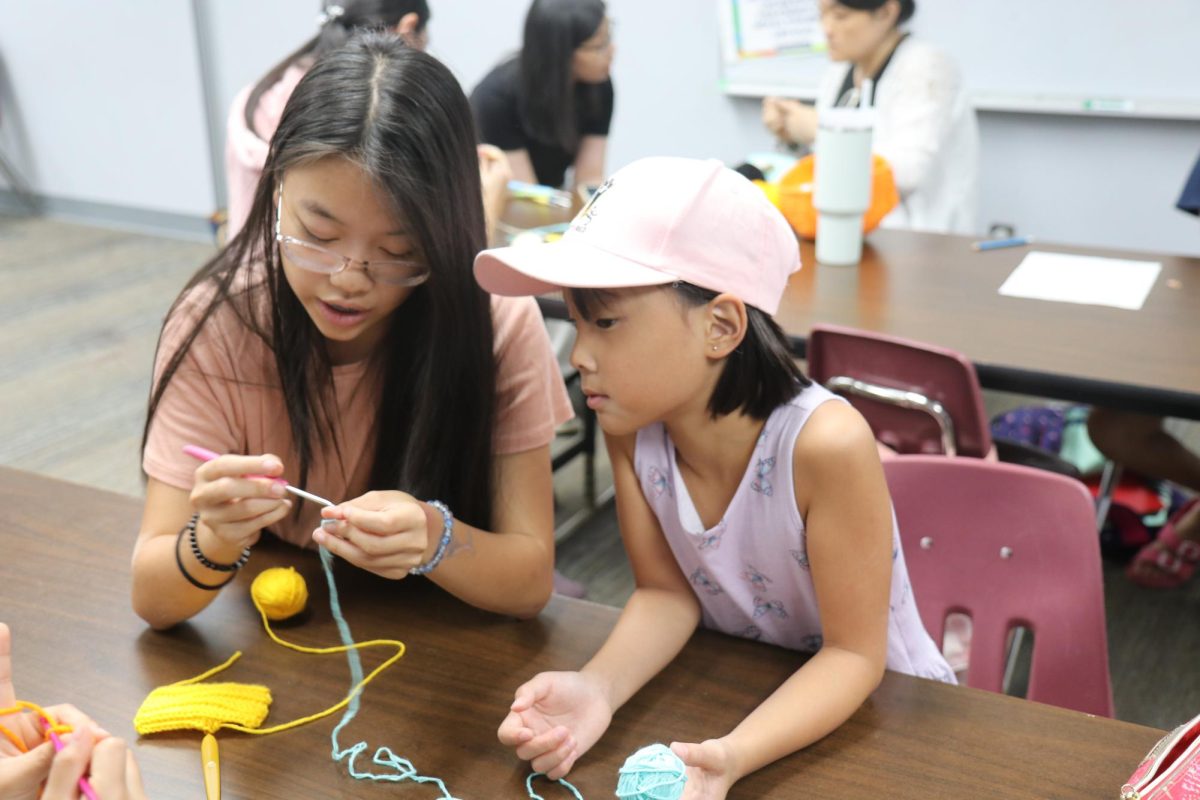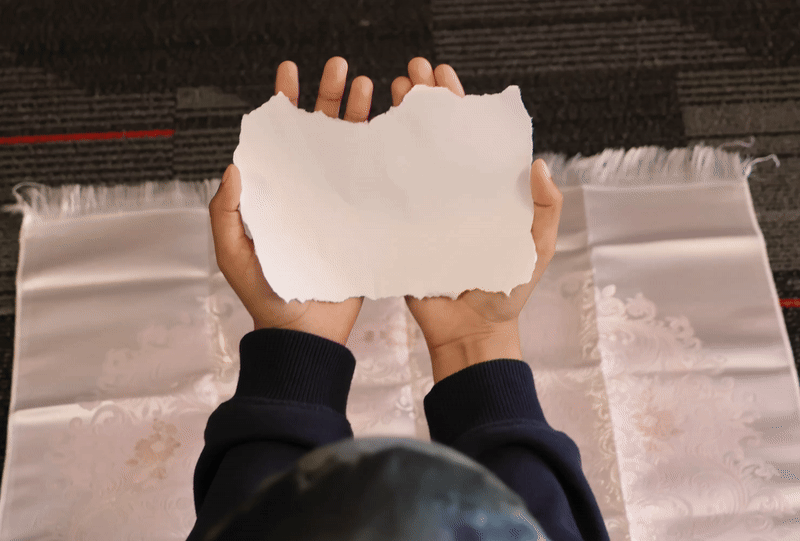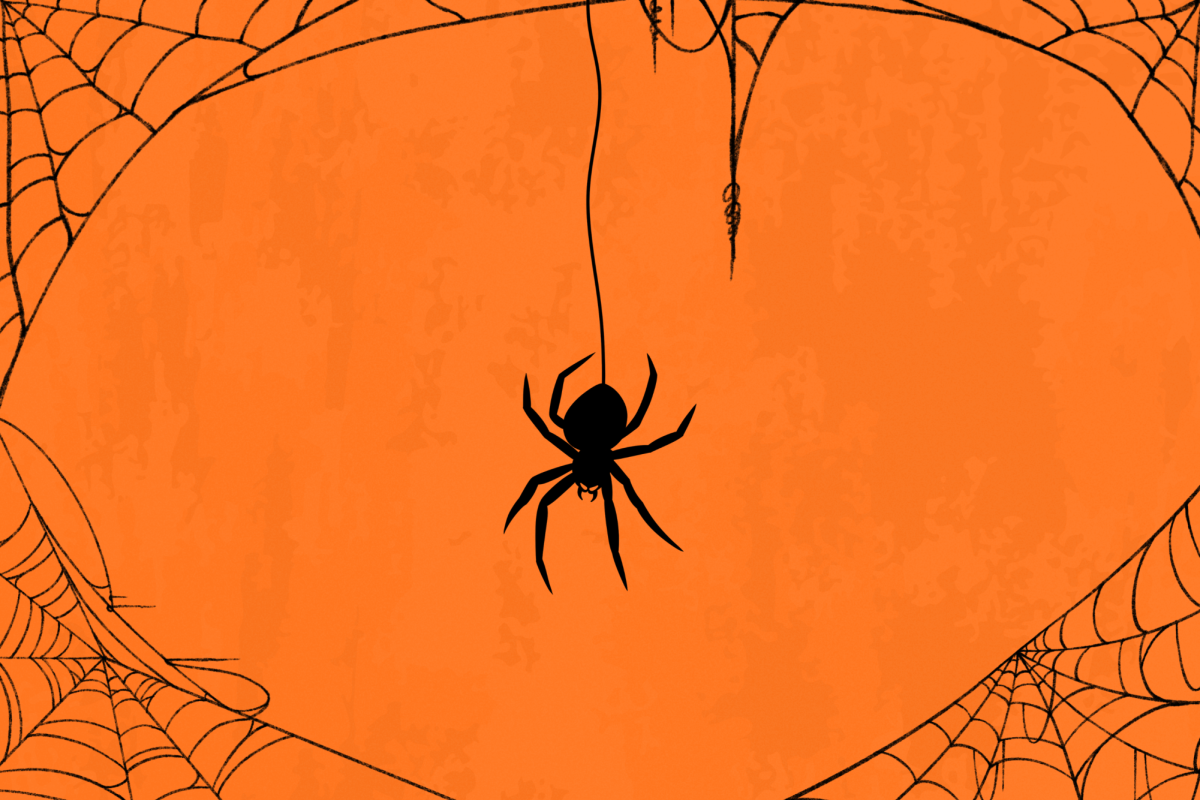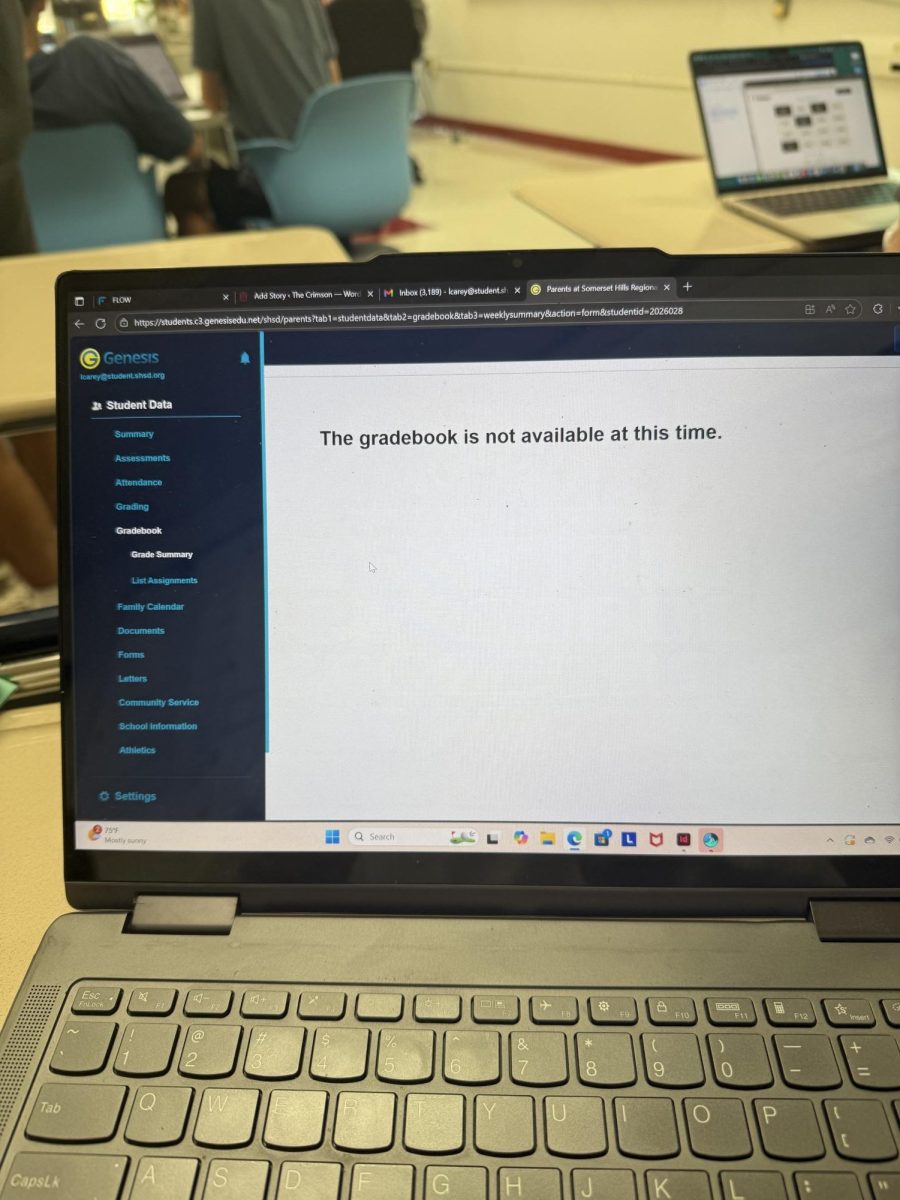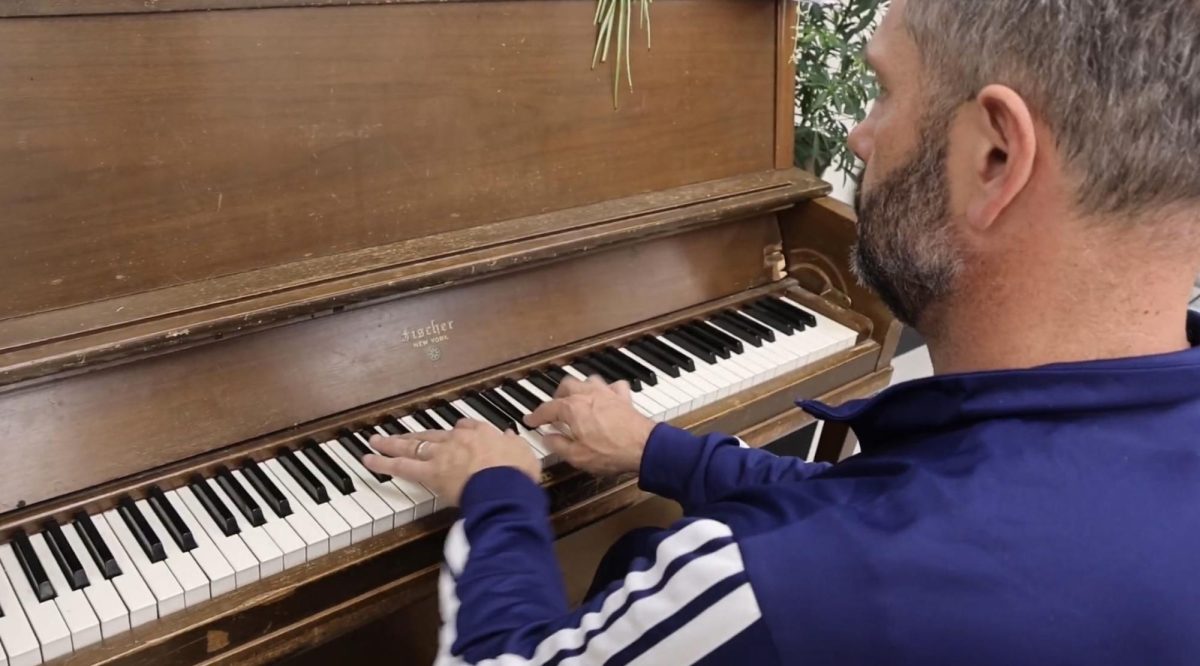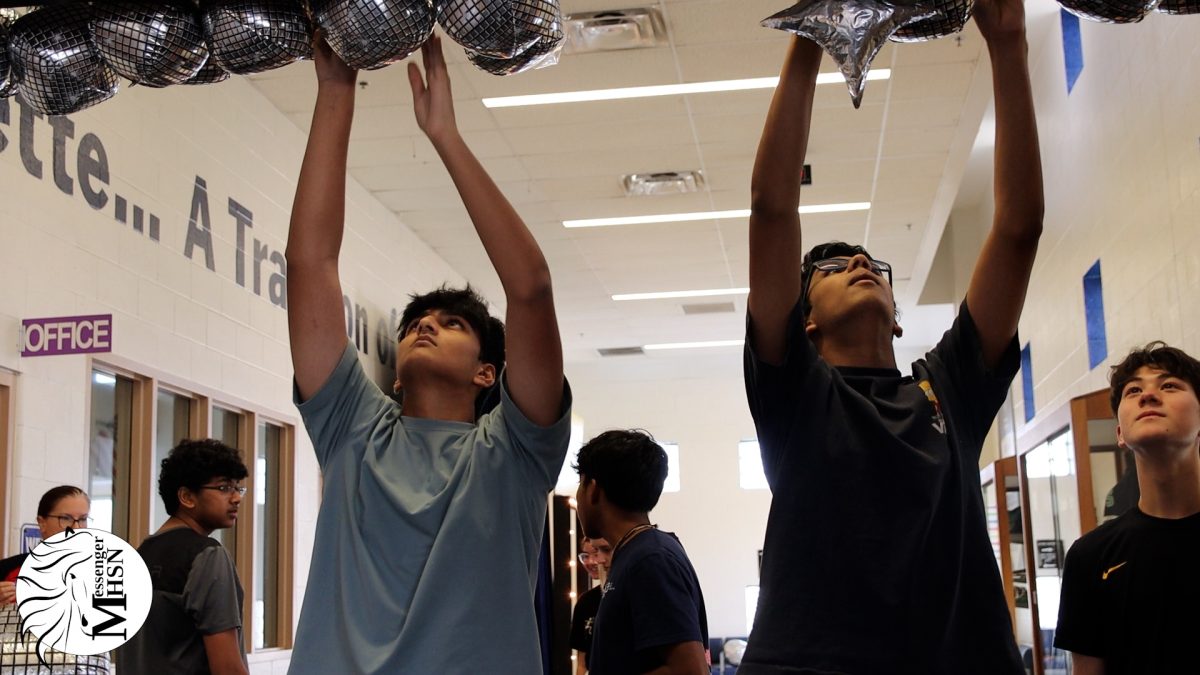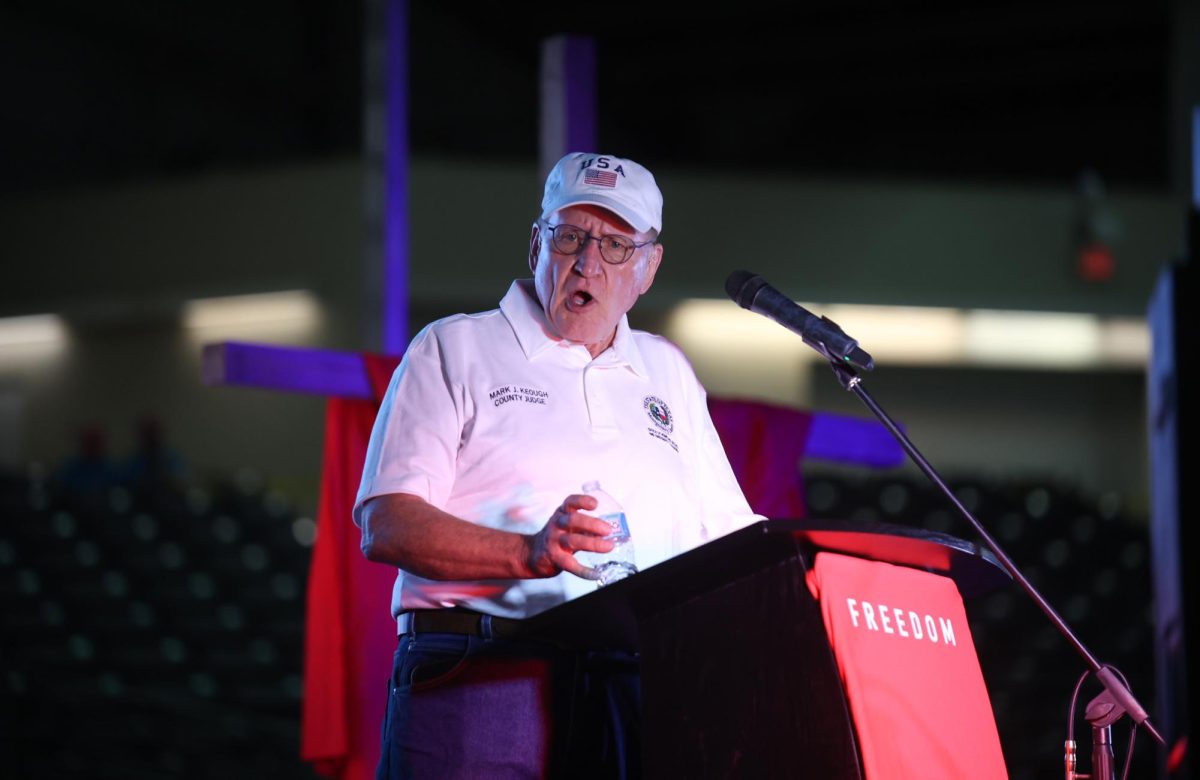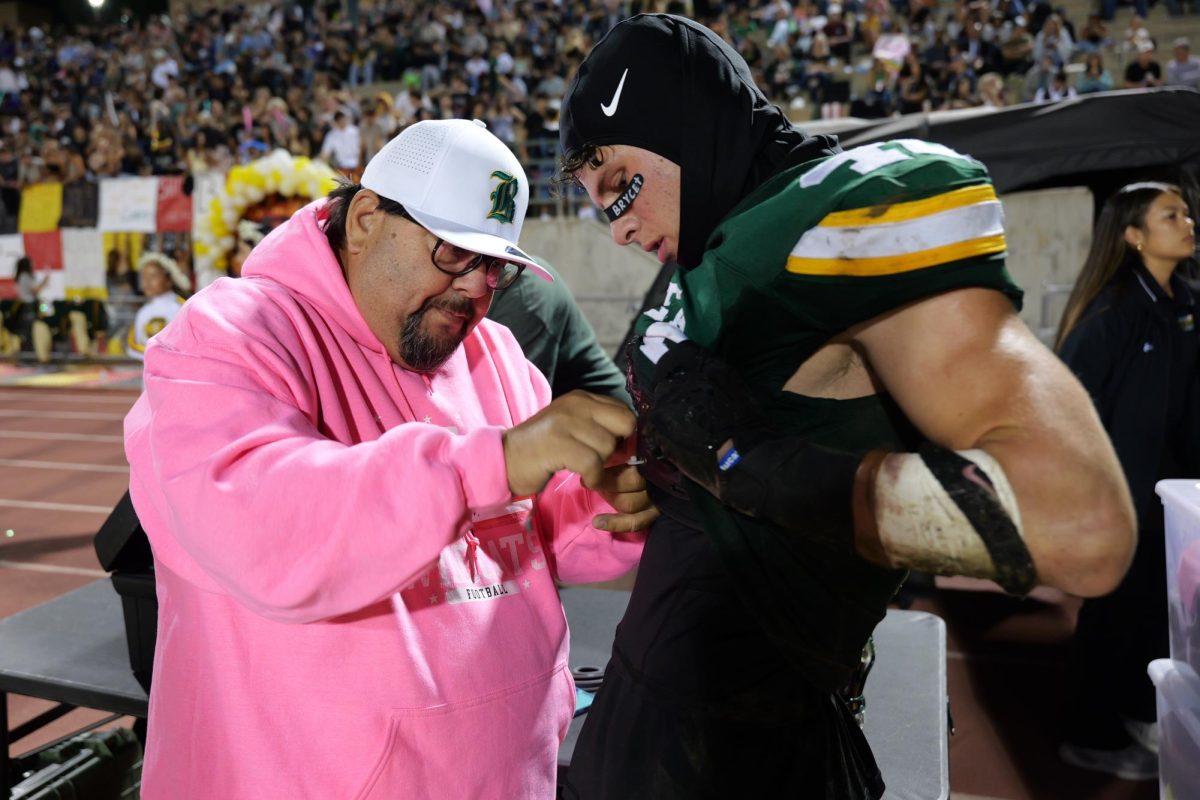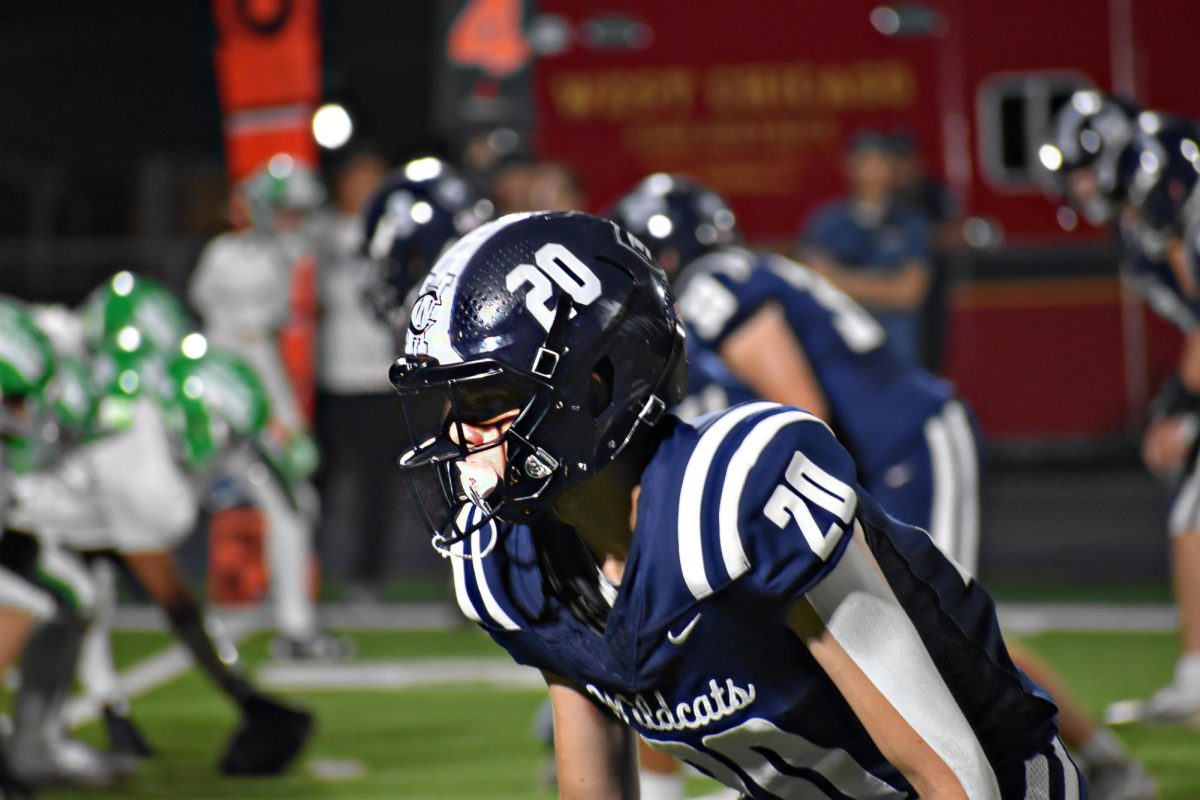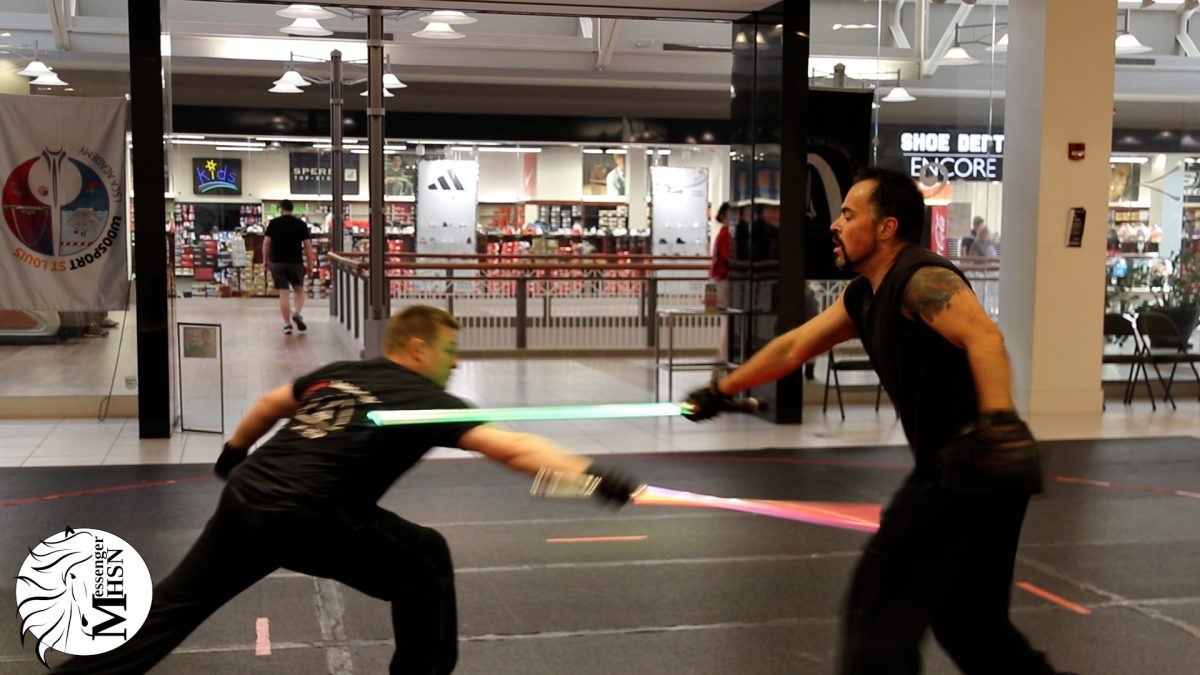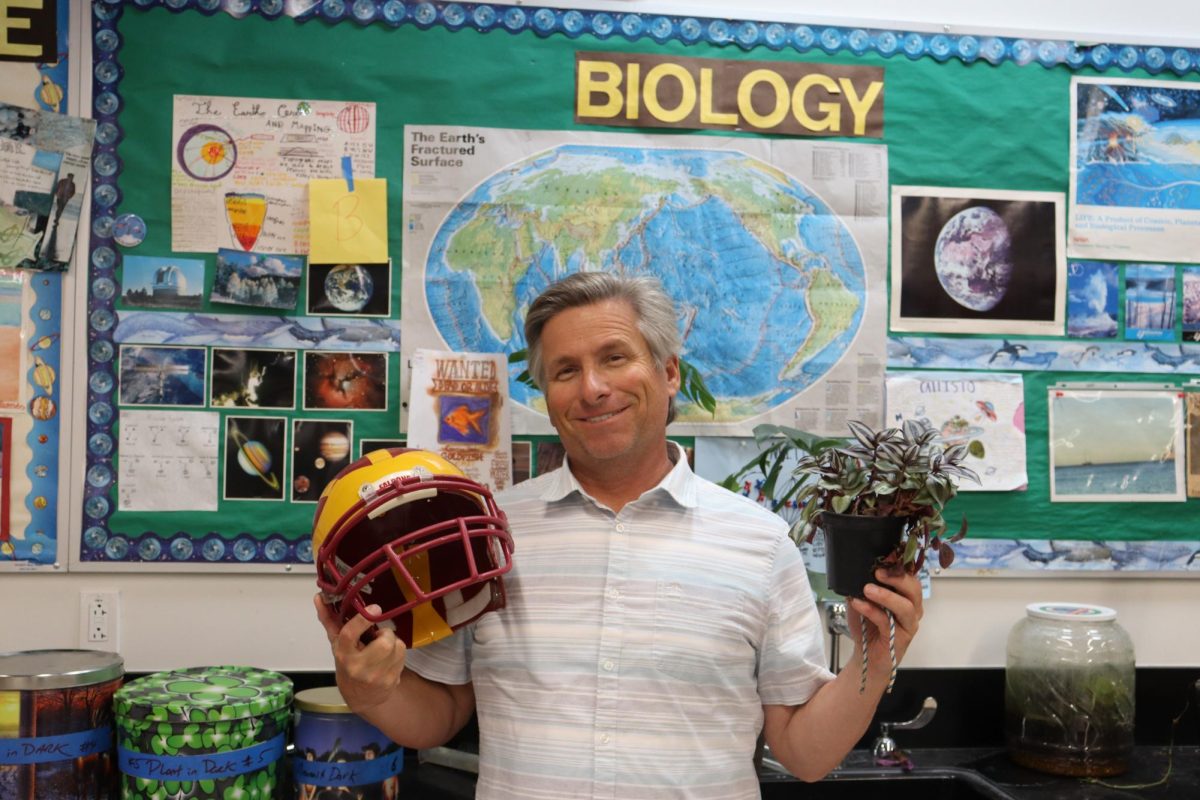Hot and cold. Introvert and extrovert. Yin and yang. As a society, we are fascinated by opposites, and we work to incorporate them into our everyday lives through colors, flavors and personalities. But no one understands the concept of very different subjects better than some of the teachers here at school.
“It’s like night and day,” Heather Lopez, who teaches Academic Survival, an intervention class for students who face challenges at school, and AP Research, said.
At first, Lopez planned to major in business in college. She had an internship lined up to help her “take over the world with marketing,” when she faced an unexpected change and wound up being sent to a youth program in New York City, instead.
“Basically, what we did was we ran programs to keep kids off the street, and I worked in the high school division,” Lopez said. “What I really realized in doing this internship that was supposed to be for business … [was] that what our country really needed are people who are willing to work with kids from all walks of life who need motivation and encouragement to be educated.”
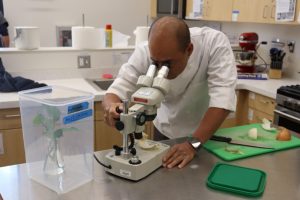
When she finished the internship, Lopez majored in English and obtained her teaching credentials, as well as a master’s degree in intervention programs in the state of California for at-risk youth, primarily male students. This paved the path for her to teach the variety of subjects that she does. While it can be more difficult to teach this variety, it allows her to embrace all of her interests.
“Sometimes you have to get feedback in several departments, so it can be [more challenging to teach a variety of subjects],” Heather said. “I enjoy that aspect of it because I like so many different things.”
Matthew Livingston is another teacher on campus who feels his multiple interests “clicked” for him and translated into what he teaches. It happened for Livingston in his “third or fourth year in college” when he realized that he enjoyed his general biology classes, education classes and coaching.
Livingston has taught biology for 29 years. For the last five or six years, he has taught P.E. or football P.E. He also finds certain aspects of his classes to be very different.
“[In] P.E. you have to have your head on a swivel, looking for everything,” Livingston said. “What’s about to go sideways right now? In biology, [the students are] all in your field of view. They all have been conditioned to work and listen.”
While Livingston feels this difference, the students who have taken both of his classes find that his teaching style is often similar.
“Although they were different classes, he had similar methods of doing things,” Caroline Sherman (12) said. “He was very lenient in both classes … he put the same amount of effort … [into] both classes.”
Michael Lopez, who teaches Culinary Art and biology, finds overlap between his two subjects.
“Every [teaching] strategy I think of in biology, I think about how I can apply it to culinary,” Michael said. “The things I learn in running a culinary lab, I apply to my biology labs. The strategies begin to intersect as I find out what works best in any classroom.”
Michael taught biology for his whole career before moving to this school. He wanted a full schedule but could not achieve that by just teaching biology. When he learned of an opening in the kitchens, he jumped on it, drawing on his experience in a microbiology lab that was part of the brewing industry, to count as his industry experience in food science.
For Heather, having a variety in the classes she teaches is an “opportunity to do something new” and allows her to “reshape” her craft. She often asks herself “‘I used this skill to help students with this, why am I not doing that in all my classes?’”
In particular, these teachers are aware that each class is unique.
“Each class requires different things of us,” Heather said. “While I have to be really strict with certain rules during certain periods, I can be a little more free with them in other periods.”
Teachers and students alike feel a connection in sharing more than one class. For Michael, he is able to count on the students he already knows from biology in his culinary class.
“There definitely is a connection right away, especially in culinary,” Michael said. “It does require a little bit more distinct jobs and help in the classroom, so a lot of students that I’ve had prior, I immediately go to those students. They’re the first people to do those specific jobs because I know them already.”
Students feel a certain bond as well. Jacob Herman (12), who was in Livingston’s biology and football P.E. classes, enjoyed the experience of having the same teacher for two classes.
“Especially since he was the o-line coach, I really got to build a deeper connection with him [there] and then in the classroom as well,” Herman said.
These different subjects also serve to help these teachers keep their spark.
“I think it has helped me, in so many ways, feel excited about coming to school every day,” Michael said. “If you teach the same thing, five classes, [you] kind of get lost in the day. ‘How many times have I said this before?’ It does help me, not just stay excited about coming in here, but [be] more engaged in each of those classes where it just doesn’t become a blur.”
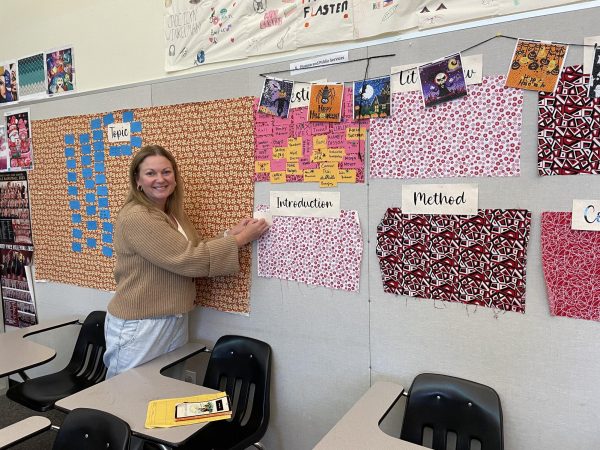
Heather agreed.
“It keeps you fresh … having that other intellectual challenge is good for me,” Heather said. “I always want to grow.”
For Livingston, teaching a variety might be challenging, but entirely worth it.
“I think the reward is higher because it’s stimulating your brain,” Livingston said. “It’s not the same thing [over and over]. I have had years where I taught one class for all four or five classes. You weren’t as fresh, you weren’t as enthusiastic, [it is] just human nature.”

